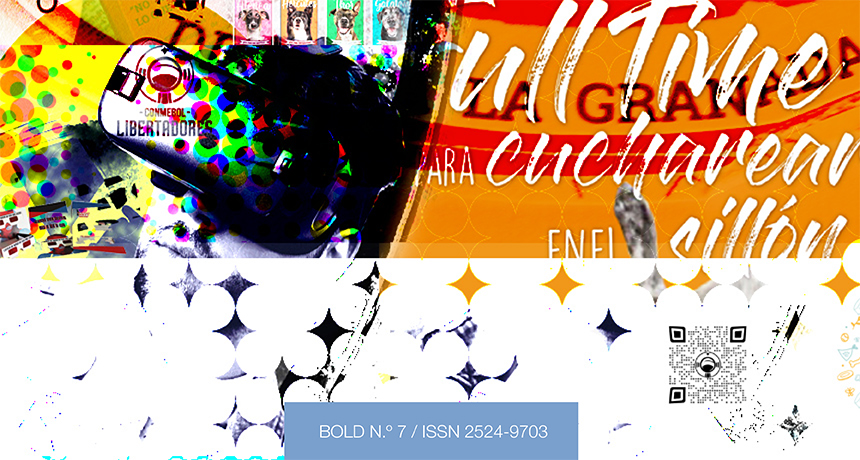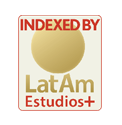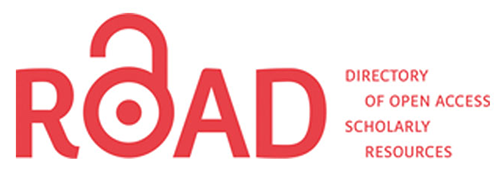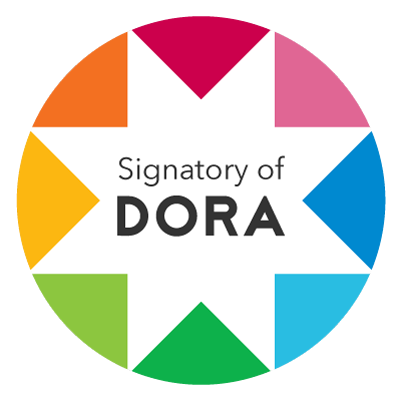The Importance of Design Methods
Graphic Designer Training and Practice
DOI:
https://doi.org/10.24215/25249703e007Keywords:
Design, method, graphic design, university training, professional practiceAbstract
Methods play a prominent role in graphic design, a condition that, despite the transformations that are experienced, tends to lose relevance both in training and in teaching professional practice itself. Seeking to find empirical elements that allow addressing this situation, a qualitative study was carried out on graphic designers at a Mexican university, where the relevance of design methods in both training and professional practice was analyzed. The results point out that these and their use are valued by one sector, as well as considered ineffective by another, since they show a gap compared to the complexity of the environment. This makes it possible to mark possible trends from which to outline strategies that aim at improving designer training in universities and their possible impact on praxis.Downloads
References
Branda, M. (2018). Didáctica y desafíos en Comunicación Visual. Bold, (5), 43-52. Recuperado de http://papelcosido.fba.unlp.edu.ar/ojs/index.php/bold/article/
view/691
Castells, M. (2009). Comunicación y poder. Madrid, España: Alianza Editorial.
Cramer-Petersen, C. L., Christensen, B. T. y Ahmed-Kristensen, S. (2019). Empirically analysing design reasoning patterns: Abductive-deductive reasoning patterns dominate design idea generation [Análisis empírico de patrones de razonamiento de diseño: los patrones de razonamiento abductivo-deductivo dominan la generación de ideas de diseño]. Design Studies, 60, 39-70. Recuperado de https://research.cbs.dk/en/publications/empirically-analysingdesign-reasoning-patterns-abductive-deducti
Devalle, V. (2008). El diseño gráfico en la Argentina. Alpha (Osorno), (27), 217-228. http://dx.doi.org/10.4067/S0718-22012008000200015
Dueñas Zambrano, B. (2012). Reseña histórica sobre la enseñanza del diseño gráfico. Insigne visual, 1(3), 2-9.
Lupton, E. y Miller, A. (2002). El ABC de la Bauhaus y la teoría del diseño. Barcelona, España: Gustavo Gili.
Marradi, A., Achenti, N. y Piovani, J. I. (2010). Metodología de las Ciencias Sociales. Ciudad Autónoma de Buenos Aires, Argentina: Cengage Learning.
Morales, A., y González, E. (2020). Enseñanza y uso de métodos de diseño en México. Percepciones del profesorado. Formación universitaria, 13(1), 35-42. https://dx.doi.org/10.4067/S0718-50062020000100035
Moreno Toledano, L. A. y Rogel Villalba, E. (2012). Retrospectiva del método en el diseño. En S. V. Ariza Ampudia (Ed.), La investigación en diseño, una visión desde los posgrados en México (pp. 79-109). Ciudad Juárez, México: Universidad Autónoma de Ciudad Juárez.
Mose Biskjaer, M., Dalsgaard, P. y Halskov, K. (junio de 2017). Understanding creativity methods in design [Comprendiendo los métodos de creatividad en el diseño]. En Proceedings of the 2017 conference on designing interactive systems [Actas de la conferencia de 2017 sobre diseño de sistemas interactivos] (pp. 839-851). Nueva York, Estados Unidos: Association for Computing Machinery.
Peña, E., Del Mar, M. y Domínguez, M. (2012). Métodos y metodologías en el ámbito del diseño industrial. Técnica Industrial, 300, 38-44. Recuperado dehttps://www2.uned.es/egi/publicaciones/articulos/Metodos_y_metodologias_en_el_ambito_del_diseno_industrial.pdf
Rivera Díaz, L. A. (2018). La evaluación de la educación del diseño en México: un enfoque desde la didáctica. Ciudad de México, México: Comaprod.
Rodríguez Mendoza, R. M. (2016). La pedagogía del diseño gráfico basada en la investigación en diseño. Revisión bibliográfica. Iconofacto, 12(19), 254-267.
Sánchez Ramos, M. E. (2012). El Diseño Gráfico y su aportación a la divulgación científica. Actas de Diseño, 7(13), 237-240. Recuperado de https://fido.palermo.edu/servicios_dyc/publicacionesdc/archivos/396_libro.pdf
Tiburcio García, C. (2015). La sociedad red del siglo XXI y el Diseño Gráfico (Producción académica). Universidad Iberoamericana de Puebla, Puebla, México. Recuperado de http://hdl.handle.net/20.500.11777/1021
Vilchis, L. D. (2002). Metodología del diseño: fundamentos teóricos. Ciudad de México, México: Universidad Nacional Autónoma de México
Downloads
Published
How to Cite
Issue
Section
License
The acceptance of the manuscript by the magazine means the non-exclusive cession of the property rights of the authors in favour of the editor, who allows the reuse, after publication (post print), under a license Attribution-NonCommercial-NoDerivatives 4.0 International.
According to these terms, the material can be copied and redistributed by any means or in any format as long as a) the author and original source of the publication are quoted (magazine and URL of the work), access to the license is provided and whether changes have been made is mentioned; and b) the material is not used for commercial purposes.
The cession of non-exclusive rights means that after the publication (post print) in Bold the authors can publish their work in any language, means and format; in such cases it must be mentioned that the material was originally published in this magazine. Such cession also means the authorization of the authors for the work to be collected by SEDICI, the institutional archive of the Universidad Nacional de La Plata, and to be spread in the databases that the editorial team considers appropriate to increase the visibility of the publication and its authors.
Moreover, the magazine encourages the authors to deposit their productions in other institutional and thematic archives under the principle that offering the society the scientific and academic production without any restrictions contributes to a greater exchange of the global knowledge.

























